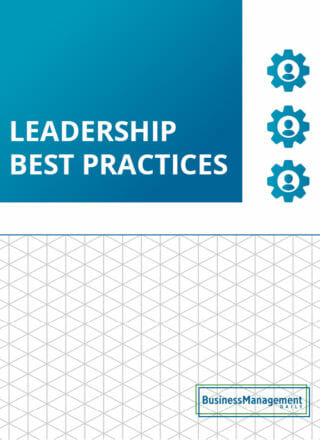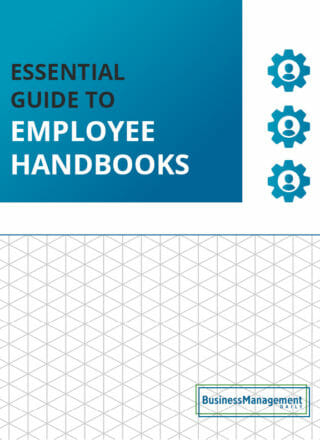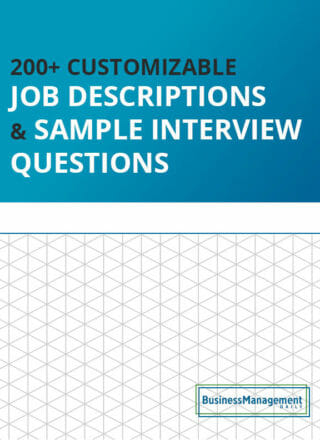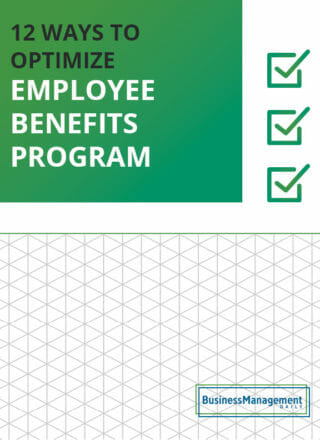Human Resources Development
Every employee and department within a company depends on the services of the human resources staff. Thus, when individual HR professionals sharpen skills or gain new perspectives, the entire organization benefits.
Why does human resources development matter?
A representative from HR is often the first person a job candidate meets, and interaction with that department continues throughout an employee’s time with the organization. Knowledgeable HR professionals reflect well on the company. They give everyone in the organization confidence that there’s a competent place to turn to for matters ranging from payroll and benefits to safety compliance and dealing with workplace conflict. Staying up-to-date on things such as employment laws, tax structures and best practices contributes to the company’s efficiency and prevents potentially costly problems such as lawsuits and penalties.
Why should all human resource professionals make development a priority?
Workers in every industry benefit from establishing themselves as life-long learners. In HR, however, such growth isn’t optional – staying current in the field is a necessity due to the number of changes and advancements that occur in the modern workplace. On a personal level, attention to professional development increases individual worth to the company, which influences retention and promotion. And should an HR professional decide to look for another position, the skills acquired spell increased attractiveness in the job market.
What are some good ways for employees who work in human resources to grow as professionals?
Staying abreast of changes involves reading up on pertinent topics. Business Management Daily regularly publishes articles on today’s hottest issues. Other good ways to stay on top of things include attending conferences, joining the Society for Human Resource Management and other industry organizations, taking classes and asking management to bring in experts to speak to or train the entire HR staff. As in any field, networking exposes people to new ideas and develops valuable relationships. Aim to both solidify and expand your connections. Become active in relevant LinkedIn groups both to learn and to promote your personal brand. Consider expanding your credentials by pursuing a higher degree or obtaining SHRM certifications.
What are a few of the most pressing topics for modern HR personnel to contemplate?
Human resource departments deal with a variety of evergreen concerns, such as timely payment of workers and accurate processing of new employee paperwork. However, their job also changes with the times. Here are only some of the issues with which 21st-century HR pros contend:
- Aging employees: Older workers remaining in the workforce longer nowadays sparks concern about their performance and ability to keep up with changing demands. Companies need to avoid discrimination, display sensitivity to their physical limitations and take a careful look at what the organization offers in terms of health insurance and retirement benefits.
- Harassment/bullying: The Me Too movement has encouraged more people to come forward to report sexual harassment. HR departments need to develop policies and procedures regarding complaints, document accordingly and provide company-wide training on unacceptable behavior.
- Taxes: Reforms send HR departments scurrying to understand changes and make adjustments.
- Remote arrangements: The rise in the number of telecommuters means developing sound ways to communicate, engage off-site workers, and handle traditional concerns such as documentation of work hours.
- Technology: From modernizing recordkeeping and payroll to finding more engaging methods to onboard new employees or recruit talent, tech advancements offer HR staff interesting, efficient ways to perform tasks.

























